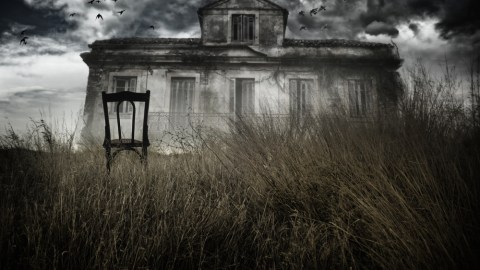Making Sense of the Patterns We See in the Dark

Sometimes we read meaning into patterns even when there is not inherent meaning. So we see faces in the clouds or we hear messages in records played backwards.
One type of pattern that we read meaning into is seeing correlations between things inside our heads and things outside in the world. So if a thought matches up with some event, then you see a correlation. So let’s say you think about something and it happens, you might think that your thought caused that event or maybe your thought was a premonition of the event.
Or maybe something happens in your life that has some particular meaning for you. You might think that the event happened because it had meaning for you because it was meant to improve your life somehow or perhaps it was meant as a sign directed for you.
One cause of us seeing the natural world as having elements of mind is our tendency to anthropomorphize things. So we see things that aren’t alive as alive or we see natural events as being caused by living, thinking beings. And it’s because we’re biased to see life in the world because you don’t want to miss animals or people who could help you or who could harm you.
Of course, it’s possible to use rationality and to use things that you know about the world to question your intuitions and to second guess them. And this is sometimes called skepticism, sometimes called critical thinking or science.
In Their Own Words is recorded in Big Think’s studio.
Image courtesy of Shutterstock





